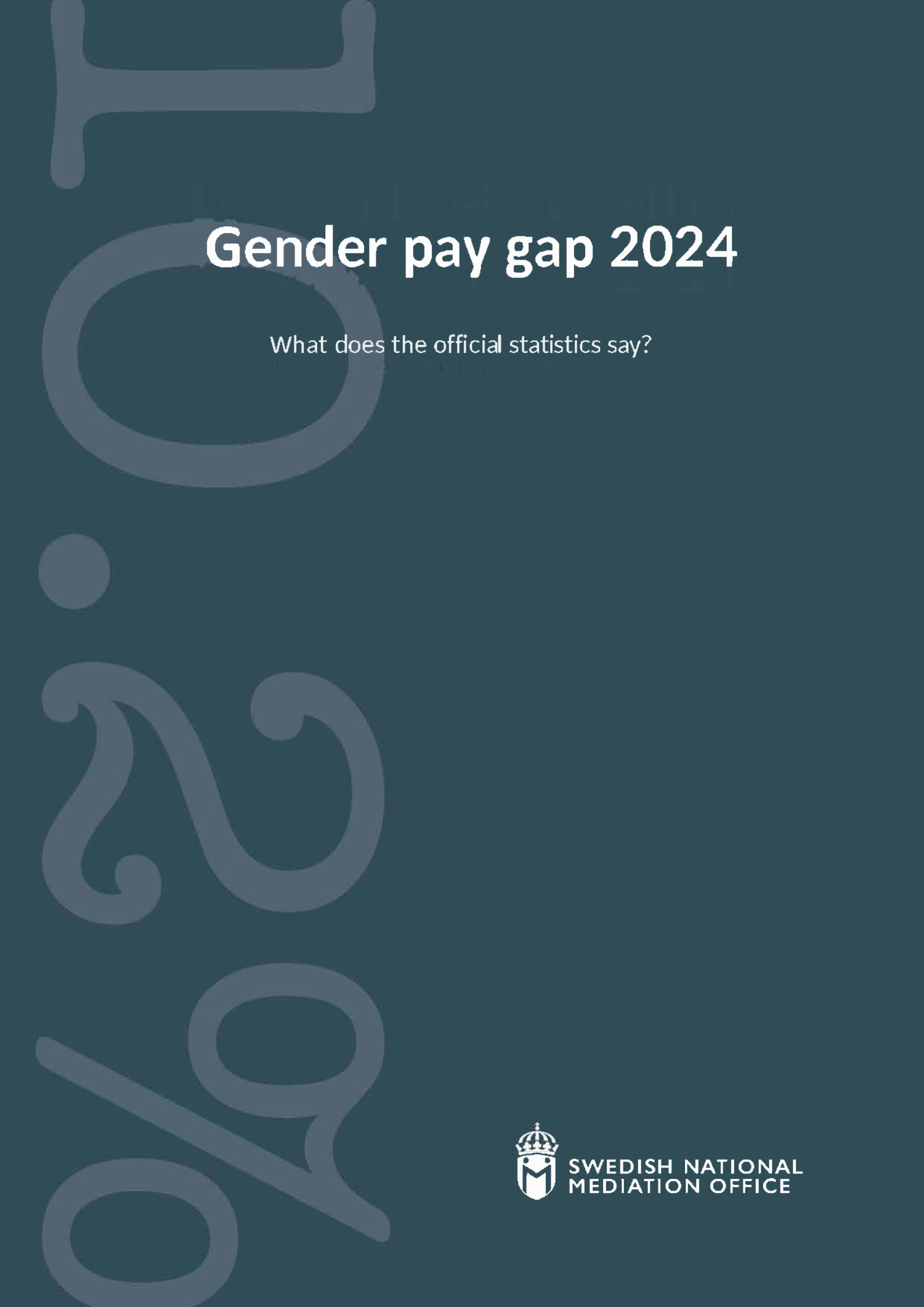Ej beställningsbar, endast PDF
- In both the private and the public sector, the pay gap increased marginally compared to 2023. Developments differed across the various parts of the sectors. In the private sector, the gap increased by 0.5 percentage points among blue-collar workers and decreased by 0.5 percentage points among white-collar workers. For the private sector as a whole, the pay gap increased by 0.2 percentage points. The increase in the pay gap for the sector as a whole is attributable to the increased weight given to white-collar workers when calculating average wages in the private sector as a whole. As the pay gap is greater for white-collar workers than for blue-collar workers, the increased weight given to whitecollar workers results in an increase in the pay gap for the sector as a whole.
- In the public sector, the pay gap decreased slightly in all sub-sectors compared to 2023. However, the pay gap increased marginally, by 0.1 percentage points, for the public sector as a whole. This is due to compositional effects, with a decrease in the municipalities’ contribution to the wage total of the sector.
- An important explanation for the difference in average wages of women and men is the gender segregation of the labour market – women and men work to a large extent in different occupations, and these occupations have different wage levels. When differences in choice of occupation, age, education and agreed working hours were taken into account, there was still an unexplained gender pay gap of 4.6 per cent in 2024.
